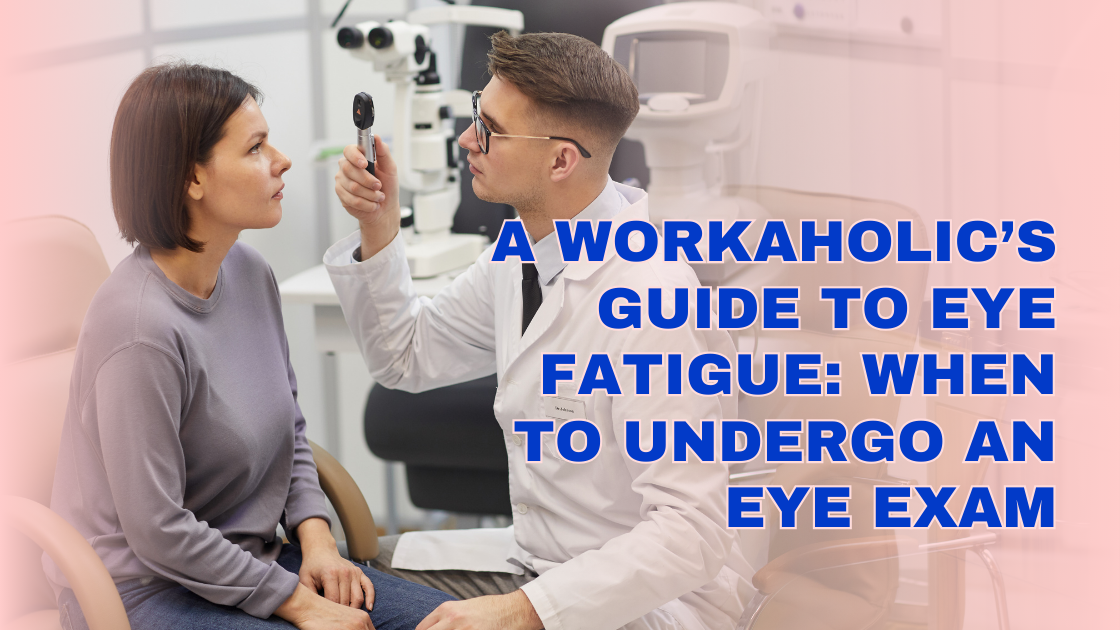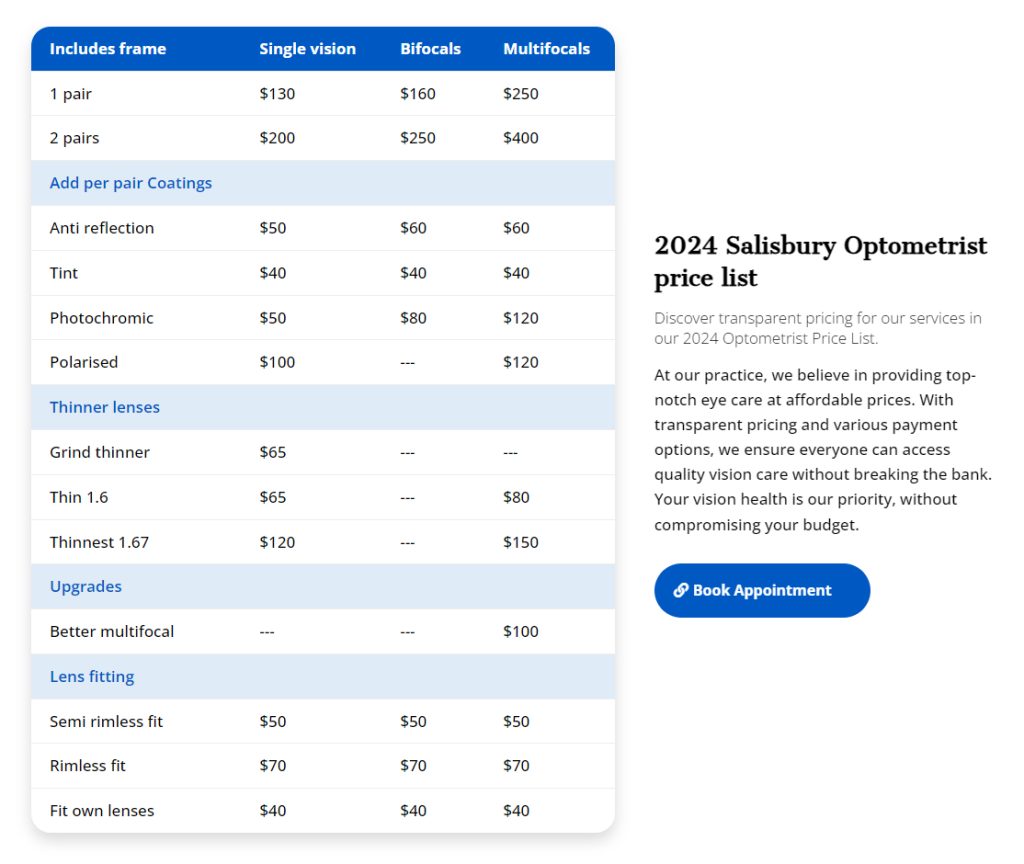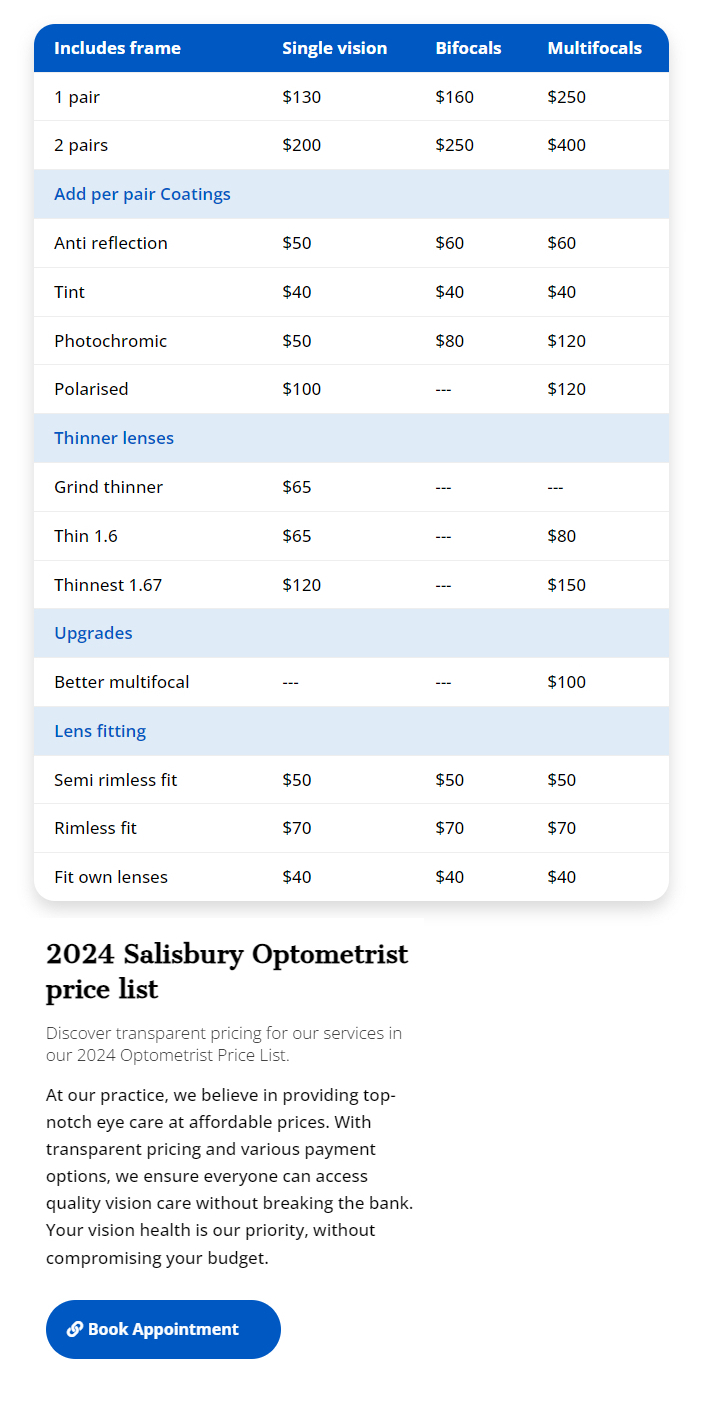Imagine waking up in the morning, freshening, and leaving for the office (or working from home). That’s where your screen time begins. You switch off your laptop 9 to 10 hours later and immediately surf your phone for leisure time.
You watch your favourite movies/TV shows online, check the match score, or even worse, spend another two hours discussing the important office project through a video conference on your laptop at night.
Increased digital presence, online classes, and virtual office meetings are part and parcel of today’s virtual life. Screen time has increased at lightning speed ever since the pandemic. Spending more screen time may result in eye strain.
So, how often have you experienced pain behind your eye while staring at the screen? Or how often have your vision got blurred or your eyes burning? Have you ever felt the immense trouble in keeping your eye open? All these signs indicate eye issues caused by prolonged screen times.
So, can you do anything to keep up with your eye health? The answer comes in one effortless motion – an eye examination test.
Eye Fatigue Due to Excessive Screen Time – Understanding a Brief
If you sit in front of the screen for a prolonged period, the ciliary muscle (lying inside your eyes) will contract. It changes your lens’s shape and creates difficulty for you to focus. If this muscle remains contracted for various hours, the muscle becomes tired. As a result, it starts aching, and you experience eye strains.
Eye fatigue is caused by the blue light that your device emits, such as smartphones, laptops/tablets, and TVs. Remember your childhood days when you were taught about VIBGYOR? The B here is blue; we can see blue light in the light spectrum.
According to science books, the sky looks blue because the sun emits the blue light wavelength. Although a certain amount of natural blue light from the sun is beneficial, overexposure can cause harm to your eyes. Considering the light spectrum, the blue light is below the ultraviolet rays (cancer-causing ones).
Smartphones, tablets, and other devices artificially recreate the blue light. So, staring at the screen for long hours, especially at times, strains your eyes and damages your retina.
However, thinking that eye fatigue only occurs due to screen exposure is a misconception. Even extended reading times may lead to eye strain. Concentrating on a particular object for an extended timeframe makes you blink less. As a result, your eyes get dry and eventually are prone to fatigue.
One quick note: Blinking is a significant part of your body that lubricates your eyes. However, staring at the computer makes you blink less, around 66% less than average.
Preventing Eye Fatigue during Work
The following are the various ways to avoid/prevent eye fatigue:
- Keep a distance of at least 25 inches between you and your laptop/computer
- Reduce glare by tilting the screen a bit downward
- Adjust the brightness, or you can set the warm tone to set the device
- Take a break every 30 minutes while working on a computer
- Wash your eyes every 2 hours in the middle of the work
- Make an eye test appointment to keep up with your eye health
- Follow a healthy diet plan by including Omega-3 oils, leafy green vegetables, carrots, sweet potatoes, and more
Eye Exams for People Spending Extended Screen Times – Things to Note
Be it a binge-watcher or a workaholic, spending too much screen time affects your eyes. Undoubtedly, technological advancements (and the pandemic, to some extent) have improved learning and offered various entertainment modes.
However, extended screen time can affect your eyes in various ways. The blue lights from the screen may damage your retinal cells. As a result, you may encounter issues such as age-related macular degeneration. Neglecting this issue may cause serious injury to the eyes.
If you want to undergo a vision test, note down the following types of workplace vision testing:
Distance Vision Testing: To identify numbers and letters
Near Vision Testing: To check close-up objects depending on the accuracy in reading letters, icons, numbers, and symbols
Colour Vision Testing: Helps distinguish between various colours
You may undergo a Specsavers eye test, where the optician uses a letter chart. Here, you will find different lenses placed in front of the eyes. The optician uses multiple techniques to assess your power. After the test, the professional writes a prescription mentioning the power of your lens for left and right eyes.
Finally
Amidst our sedentary lifestyle, we often neglect our eye health. And that’s where the issue begins. Constantly undermining your eye health may lead to various chronic problems. Even if you do not experience eye fatigue or see any symptoms, getting yourself tested first is essential.
Better be late than sorry: discuss your symptoms (if any) with the professional during the appointment, find your power, and live a healthier life ahead.




0 Comments